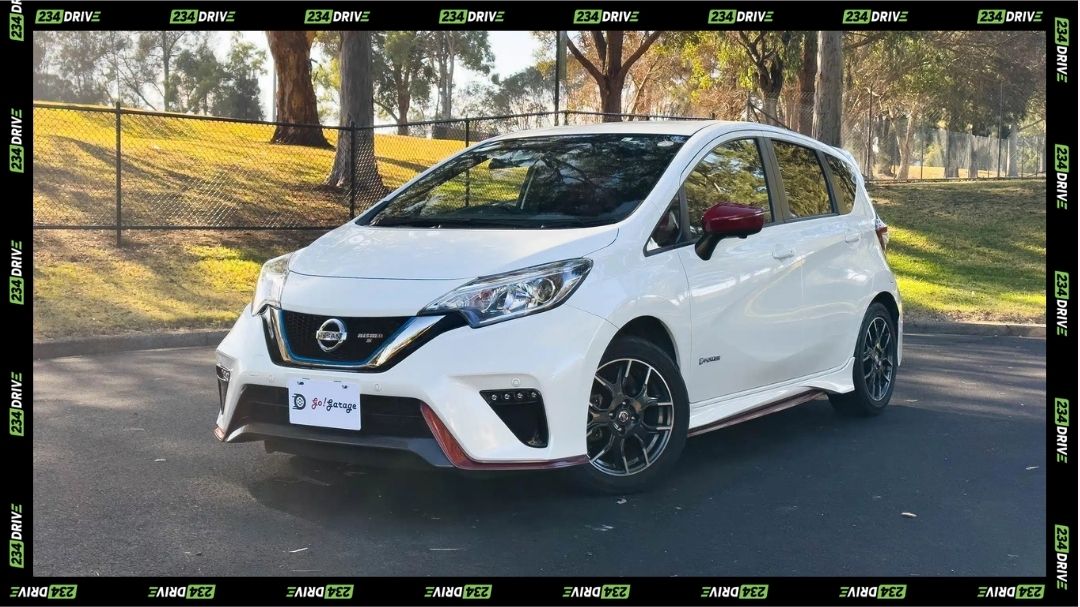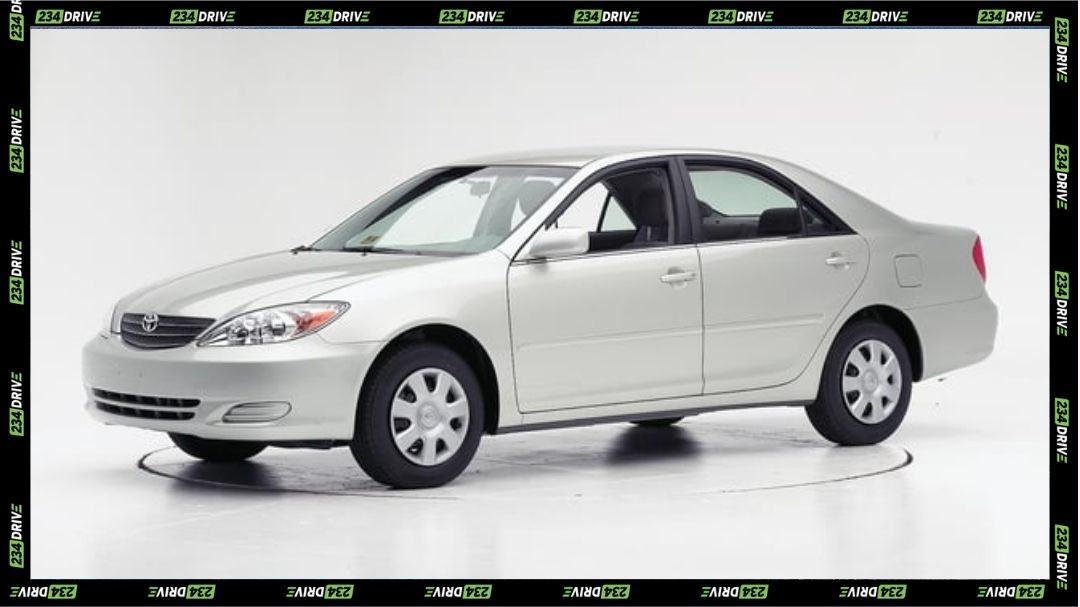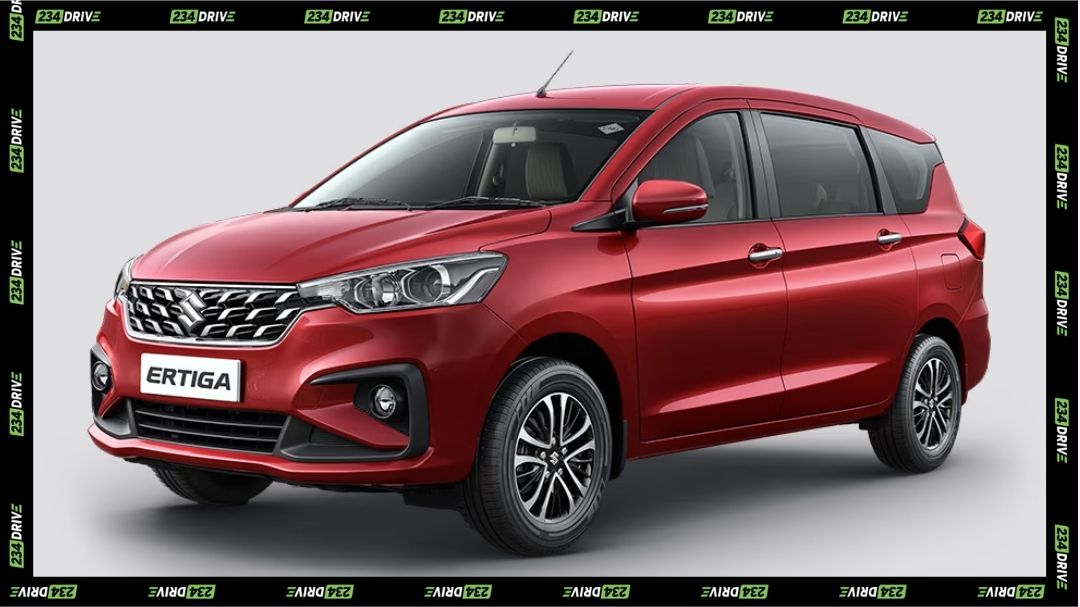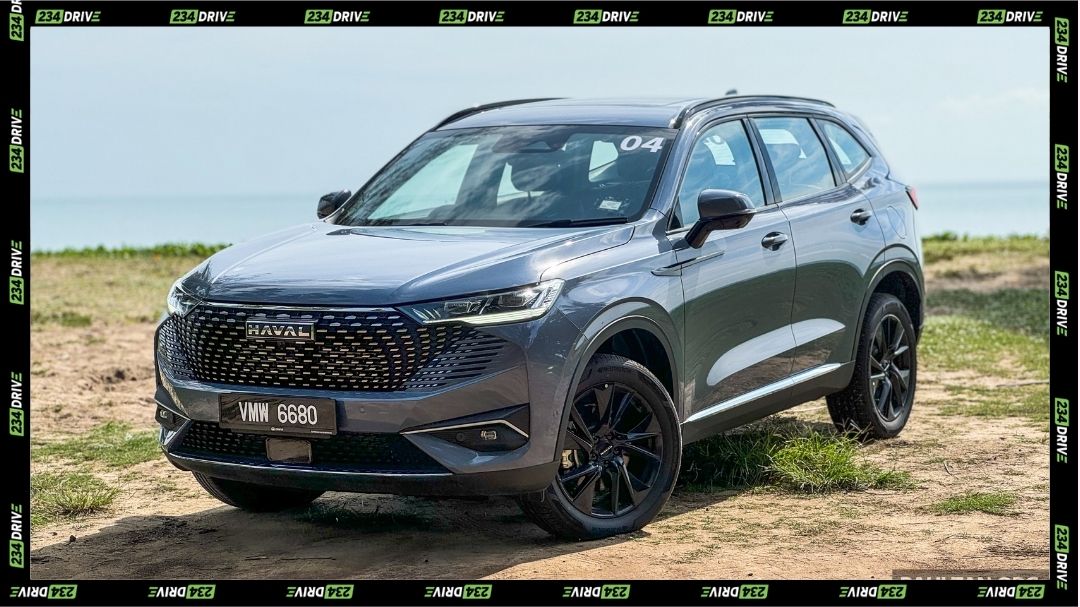The Chery QQ, a compact city car developed by Chinese automaker Chery, has long captured attention for its affordability and cute, rounded aesthetics. First launched in 2003, the QQ was designed as an entry-level vehicle for urban commuters seeking cost-effective mobility. While the model has evolved globally to include electric variants, in Nigeria, it remains primarily a used-vehicle option. The Chery QQ’s popularity among budget-conscious drivers lies in its accessible pricing, compact form, and easy maneuverability in congested cities like Lagos and Abuja.
Despite its appealing price tag, the QQ has received mixed reviews for reliability and safety. Nigerian owners often praise its fuel efficiency and city-suited performance but note concerns such as overheating, limited durability, and the scarcity of spare parts. As of 2025, Chery Nigeria focuses on larger models like the Tiggo SUV and Arrizo sedan lineup, leaving the QQ available mostly through private imports or used car platforms like Jiji.ng and Cars45.com. This review provides an in-depth look at the QQ’s design, interior comfort, performance, pricing, and overall value for Nigerian drivers.
Exterior Design and Styling
The Chery QQ’s design embodies simplicity and approachability. Measuring around 3.5 to 3.6 meters in length, it fits easily into tight parking spaces and narrow urban streets. Its rounded, playful shape—often compared to the Daewoo Matiz—features large circular headlights and a compact front grille that give it a cheerful, toy-like character. Paint finishes are available in bright tones, appealing to younger drivers and those who prefer a distinctive look. However, the build quality has been a recurring concern, with reports of flimsy panels, door flexing, and body vibrations over time.
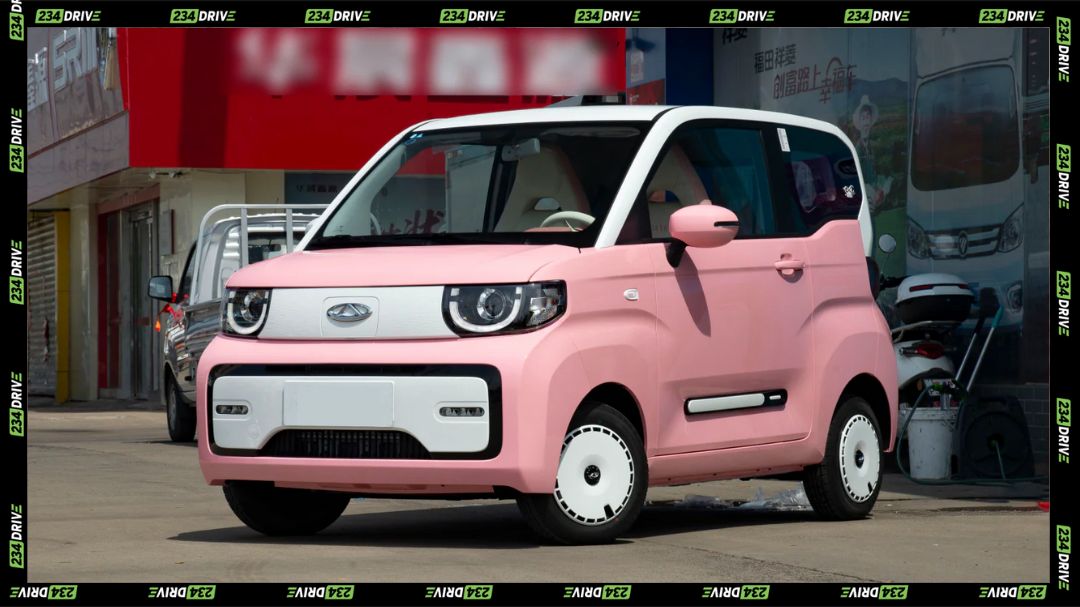
Ground clearance, estimated between 130 mm and 150 mm, works well for city driving but struggles with Nigeria’s rougher rural roads and uneven terrains. In terms of durability, the QQ’s exterior materials are basic, showing signs of wear when exposed to heat and heavy rain. Nonetheless, its lightweight frame aids fuel economy and agility. Newer QQ EV variants, such as the QQ Ice Cream and Wujie Pro, modernise the look with LED lights, aerodynamic styling, and youthful colour palettes, hinting at potential for future adoption in Nigeria’s growing electric vehicle segment.
Interior Comfort, Technology, and Performance
Inside, the Chery QQ surprises with more space than its compact size suggests. The cabin accommodates four passengers comfortably, with adjustable front seats and foldable rear benches that enhance versatility. While legroom and headroom are commendable for a car of its dimensions, the materials leave much to be desired. Hard plastics, minimal padding, and basic upholstery dominate the interior. Over time, Nigerian users report issues such as rattling panels and fading dashboard trims, which reduce perceived quality.
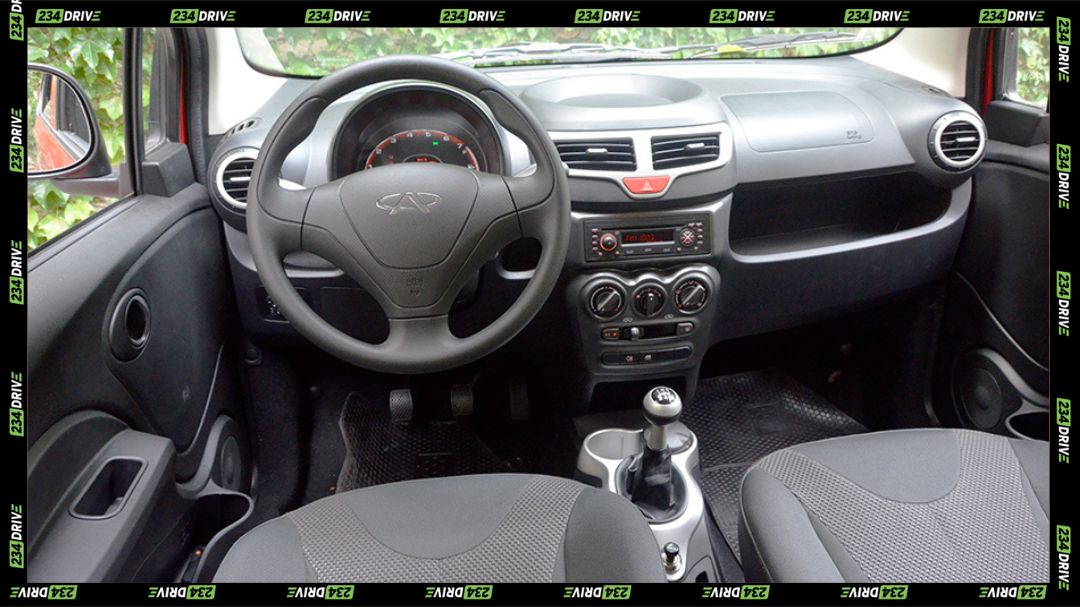
Technology in older QQ models is modest, limited to air conditioning, power windows, a radio system, and sometimes Bluetooth connectivity. Safety features vary—basic versions often lack airbags or ABS, while later models introduced these essentials. Performance-wise, the QQ’s 0.8L to 1.1L petrol engines deliver 52–68 horsepower, producing enough power for city commutes but little excitement for highway travel. Fuel efficiency ranges from 15 to 20 km/L, making it an economical choice for daily use. However, overheating and part failures have been reported by Nigerian owners, particularly in older units. Top speeds range between 140 and 170 km/h, with acceleration from 0–50 km/h in around 6 seconds for newer electric variants.
Pricing and Value in Nigeria
Affordability remains the Chery QQ’s strongest appeal. In Nigeria, used QQ models from 2006 to 2021 are priced around ₦5 million, depending on condition, mileage, and model year. Newer versions, particularly EV variants, are estimated at around ₦11.7 million, though these are not officially distributed by Chery Nigeria. On platforms like Jiji.ng and Cars45, listings are concentrated in Lagos, reflecting urban demand for compact, cost-efficient cars.
Maintenance costs, however, can be unpredictable. Spare parts are not as readily available as those for Japanese rivals, leading to higher repair costs and occasional import delays. Resale value is modest, as buyers tend to favor more established brands like Toyota or Honda in the used car market. Nevertheless, for budget-conscious buyers seeking an affordable entry into car ownership, the QQ presents an accessible option.
How it Fits into Nigeria’s Terrain
Nigeria’s road and climate conditions heavily influence the ownership experience of small vehicles like the Chery QQ. In cities with paved roads and heavy traffic, such as Lagos and Abuja, the QQ excels in manoeuvrability and fuel savings. Its compact dimensions make it easy to navigate crowded streets, while its fuel efficiency keeps running costs low amid rising petrol prices. However, for drivers in regions with poor road infrastructure or high temperatures, the QQ’s weaknesses become apparent. Overheating issues and low ground clearance make it less suitable for rural or off-road use.
From a lifestyle perspective, the QQ fits the needs of students, urban professionals, and small families prioritising affordability and practicality over performance or luxury. Its cheerful design and simple functionality appeal to younger demographics, while older drivers may find it a dependable backup or second car. The QQ’s evolving electric variants could also align with Nigeria’s slow but growing interest in EVs, particularly if government policies begin to favor eco-friendly transportation.
Comparison with Segment Rivals
In the compact and budget segment, the Chery QQ competes with models like the Suzuki Alto, Hyundai i10, and Kia Picanto. While these alternatives are typically more reliable and better supported by local dealers, they come at higher prices. The Suzuki Alto, for instance, offers better long-term durability and wider parts availability, though at a starting price often above ₦3 million for used models. The Kia Picanto delivers superior interior quality and safety ratings, while the Hyundai i10 excels in comfort and fuel economy.
In terms of competitive positioning, the QQ stands out primarily for cost-effectiveness. It offers one of the lowest entry prices in its class, making it accessible to first-time buyers. However, its limited resale value and mixed reliability reduce its attractiveness for long-term ownership. Maintenance costs can fluctuate due to parts scarcity, while rivals from Japan and Korea benefit from stronger aftermarket support. Still, the QQ’s simplicity means many local mechanics can perform repairs at low cost, offsetting some maintenance challenges.
Conclusion
The Chery QQ remains one of the most affordable cars available in Nigeria’s used vehicle market, offering practicality and fuel efficiency for urban drivers. Its cheerful styling, compact size, and low running costs make it an attractive choice for those seeking budget transportation. However, potential buyers should weigh its affordability against drawbacks such as weak build quality, limited safety, and inconsistent reliability.
In Nigeria’s challenging road and climate conditions, the QQ performs best in cities with smooth roads and moderate traffic. As Chery’s newer electric QQ variants gain traction globally, there’s potential for the model to re-emerge as an eco-friendly city car in the Nigerian market. For now, the Chery QQ stands as a modest, functional, and economical vehicle—ideal for city driving, but less suited for long-distance or rugged use.
Have you owned or driven a Chery QQ in Nigeria? Share your experiences and thoughts in the comments section below.


